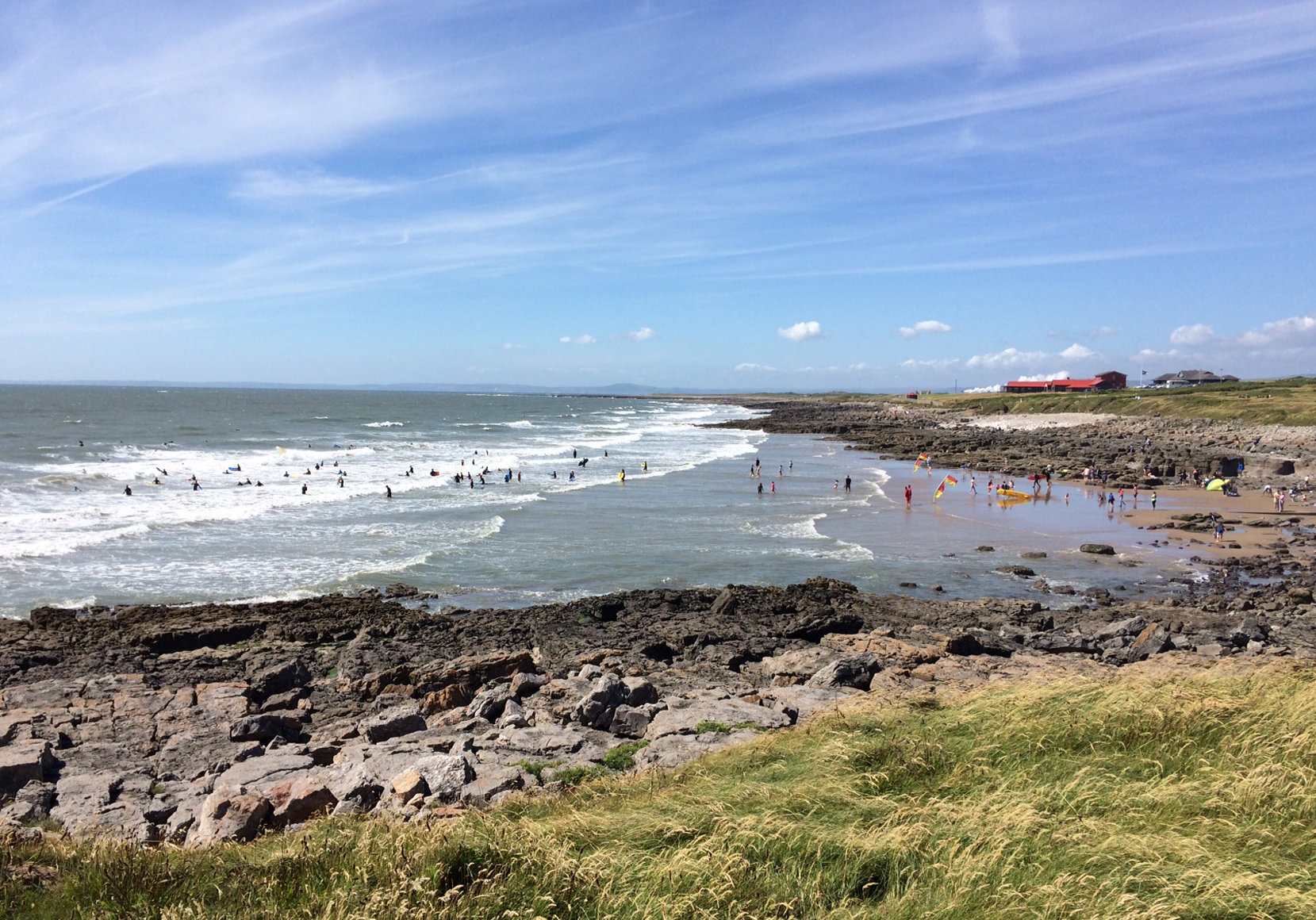Gritting roads and pavements
During cold weather we receive three specific weather forecasts every day. The forecasts account for inland high ground, inland low ground and coastal areas.
We also maintain five remote weather stations at different locations across the county borough. These use equipment such as ice sensors to provide us with details including atmospheric conditions and local road surface temperatures.
We use this information to predict what the weather conditions are likely to be and if any action is necessary
Road salting
When it gets very cold, we use a number of specially designed vehicles such as gritters to keep roads clear and traffic moving. If icy conditions are expected we pre-treat the most used parts of the road network with granulated rock salt to prevent frost and ice.
Road salting is dependent on a number of factors such as dampness and humidity.
It isn’t effective to lay salt down on top of fresh snow, so you won’t see a gritter doing this when snow is falling. The roads have to be cleared with ploughs before they can be treated. We have to be very careful about when and how roads are treated as salt is far less effective once temperatures fall below -10 degrees Celsius.
We maintain up to 5,100 tonnes of salt and plans are in place for replenishing stocks during prolonged bouts of severe winter weather. We also have collaborative arrangements in place with neighbouring authorities so that we can give and receive help as required.
Every year, the Highways team prepares a winter maintenance plan which sets out how we will provide services during the colder months.
Gritting routes
The plan identifies which routes need to be prioritised in order to keep traffic moving freely across the county borough.
These are called the primary salting routes. The plan also identifies secondary salting routes, which cover other roads including a number of residential streets.
We will always ensure that the primary routes remain salted and clear so that traffic and public transport can move freely through the area.
Once this is done, we will cover secondary routes and some additional roads. This depends on how long the severe weather is forecast for and how long our salt stocks are required to last.
While it is usually several days before this can be completed, we take special account of areas where there are:
- especially steep inclines
- bus routes
- centres for the emergency services
- roads leading to some of the county borough’s more isolated communities
- industrial sites
- schools
- approaches to care homes
- household recycling centres
- cemeteries
- GP surgeries
We also deploy staff to help clear ice and snow and grit pavements and walkways in busy pedestrian areas like town centres.
We will respond to residents to help them continue to receive essential medical treatment such as kidney dialysis. You will need to reschedule any non-urgent appointments with your GP or consultant.

